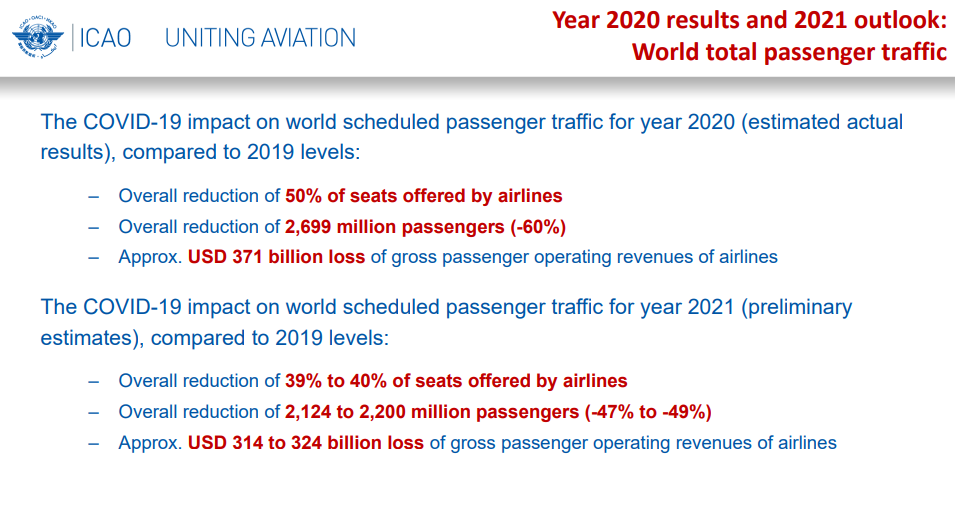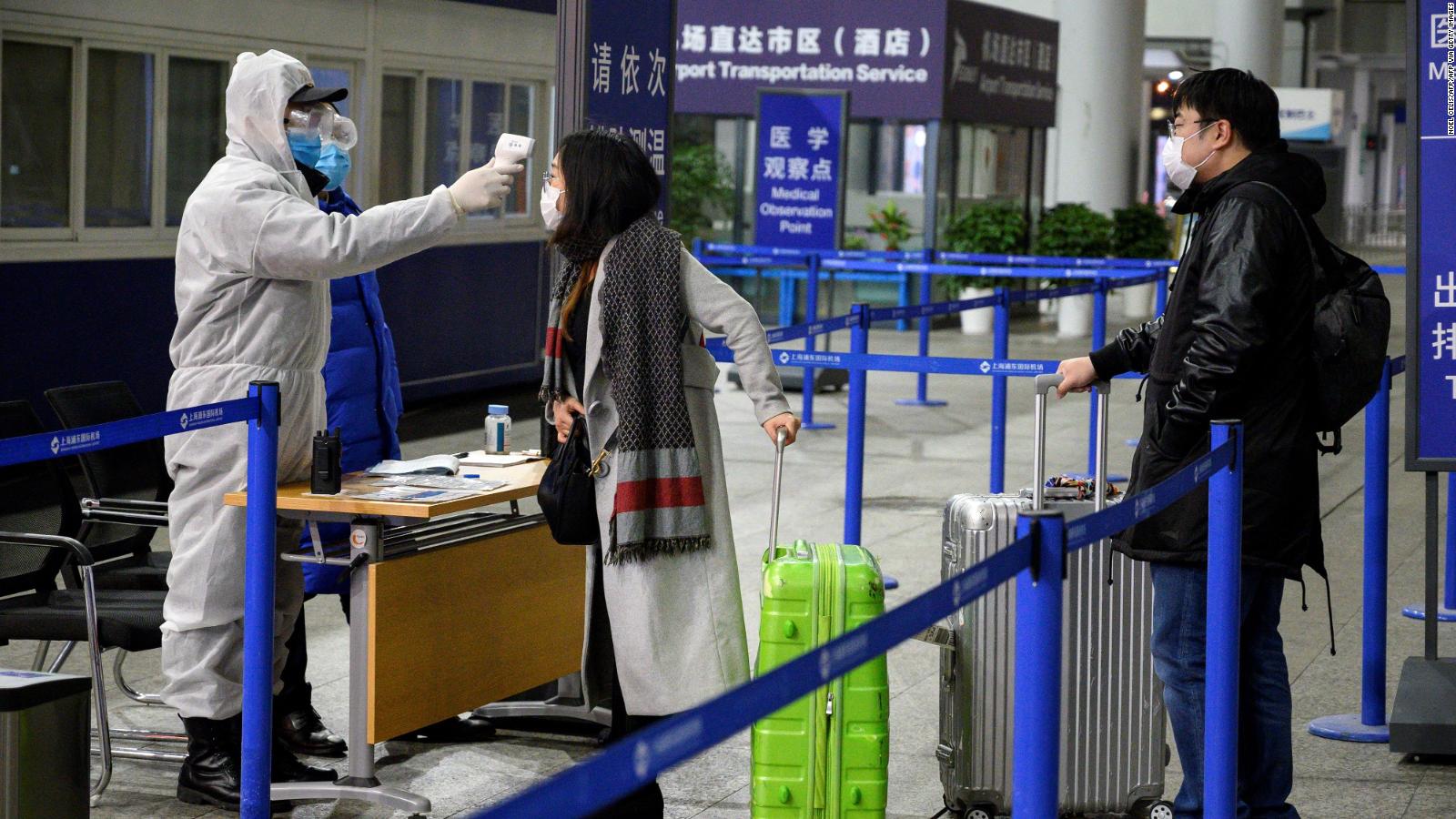COVID-19 Effects on Aviation
The airliner industry faces constant threats towards it’s business and security overall. One threat that many didn’t take seriously at first was the outbreak of COVID-19. COVID-19 is a highly infectious virus that many people across the globe have faced, some even more than once. This threat has put many people out of work in general and if they have the illness, typically with a two week quarantine. In doing so, airliners will be under manned and services could be slower altogether. Approximately 400,000 airline workers lost their jobs due to COVID (Kelly, 2021). COVID has caused many airliners to shut down to prevent spread and some couldn’t recover from this and filed for bankruptcy. When airliners started opening back up, they limited how many people could fly on an aircraft causing a loss in potential profit for the airliner. The airlines, internationally, lost about $371 billion dollars with a 60% decline of passengers in 2020 (ICAO, 2021).
The layer of TSA that could mitigate this threat is the passengers themselves, passenger pre-screening, and checkpoint/transportation security officers. The passengers themselves can wear masks and maintain social distance. The pre-screening can include simple questions regarding symptoms of the illness and high risk factors that could make someone suspect of having the illness. The security officers can apply a quick temperature check to each passenger that goes through checkpoints or near entrances of the airport. These officers can also assist in keeping their area and other common areas sanitized to prevent spread. These efforts are combatting this threat effectively and allowing airliners to open back up. These efforts overall are slowly bringing back business in 2021 in regards to revenue and more passengers (ICAO, 2021).One recommendation that airliners can enforce is the requirement of full vaccinations for passengers and workers. In doing so, this can dramatically lower the risk of catching the illness and spreading it to others. This can also help prevent workers from being quarantined or laid off if they would have gotten too sick. Both of these reasons will overall provide benefit in the profit margins experienced by airliners since more passengers will be willing to fly and more personnel will be able to handle the workload more effectively.
References
ICAO. (2021, September 28). Effects of Novel Coronavirus (COVID-19) on Civil Aviation: Economic Impact Analysis [Slides]. PowerPoint. https://www.icao.int/sustainability/Documents/COVID-19/ICAO_Coronavirus_Econ_Impact.pdf?utm_source=International+Civil+Aviation+Organization&utm_campaign=ee583a6789-EMAIL_CAMPAIGN_2021_01_13_09_13&utm_medium=email&utm_term=0_bf5ba6bf53-ee583a6789-343411065&mc_cid=ee583a6789&mc_eid=b538e96674
Kelly, J. (2021, February 1). Airlines Lost Over 400,00 Workers—United Airlines Announced Another 14,000 Jobs May Be Lost. Forbes. https://www.forbes.com/sites/jackkelly/2021/02/01/airlines-lost-over-40000-workers-united-airlines-announced-another-14000-jobs-may-be-lost/?sh=cf1761324b3b


Comments
Post a Comment